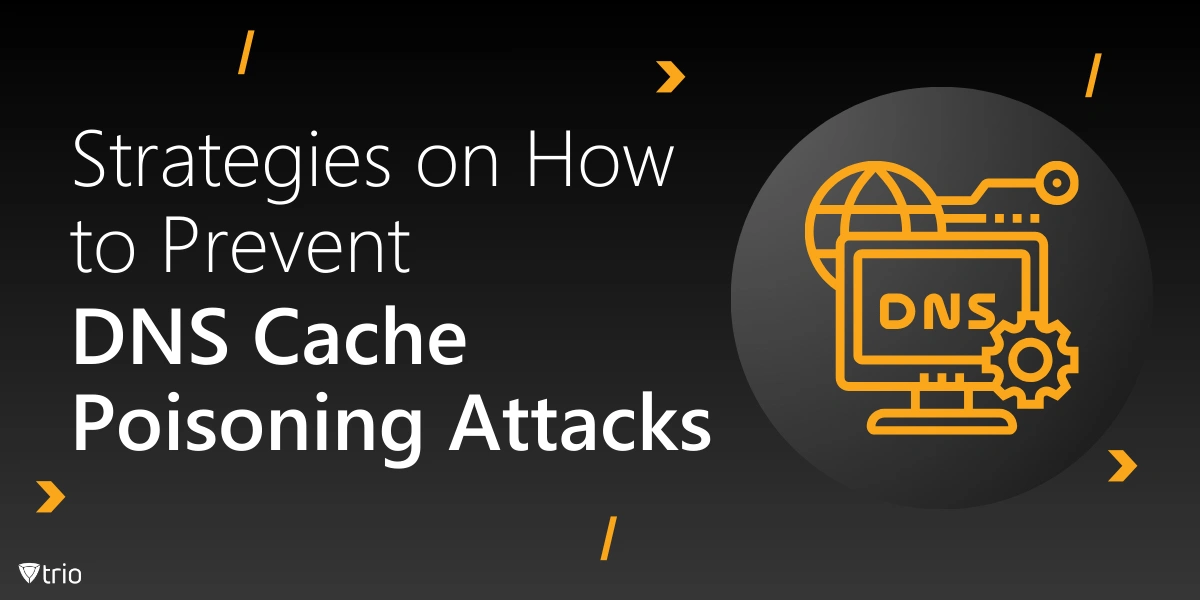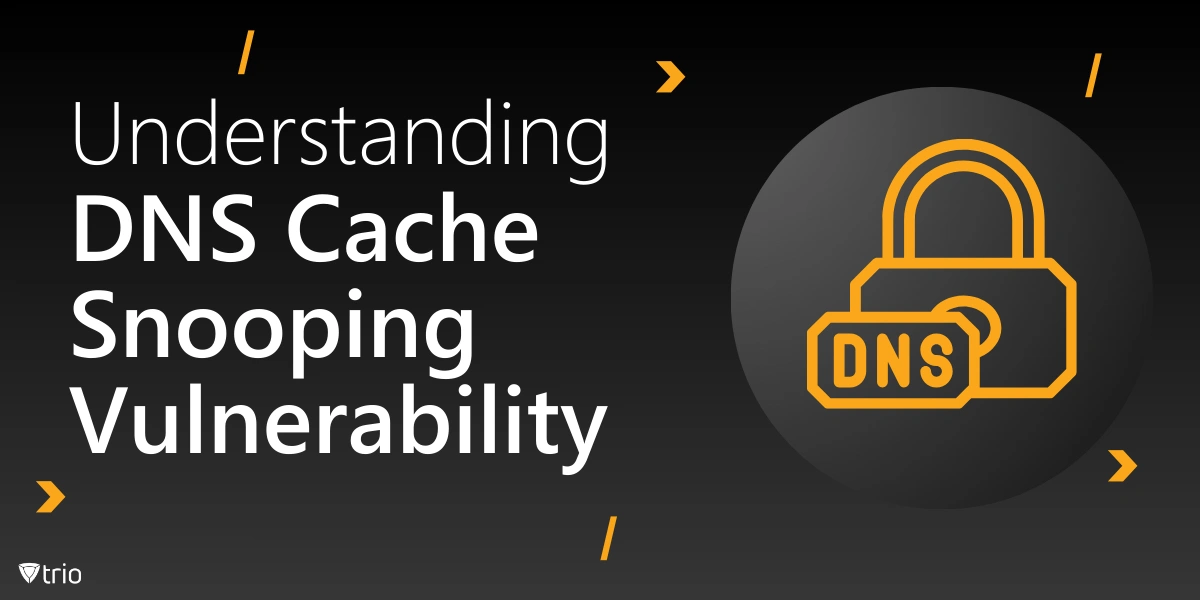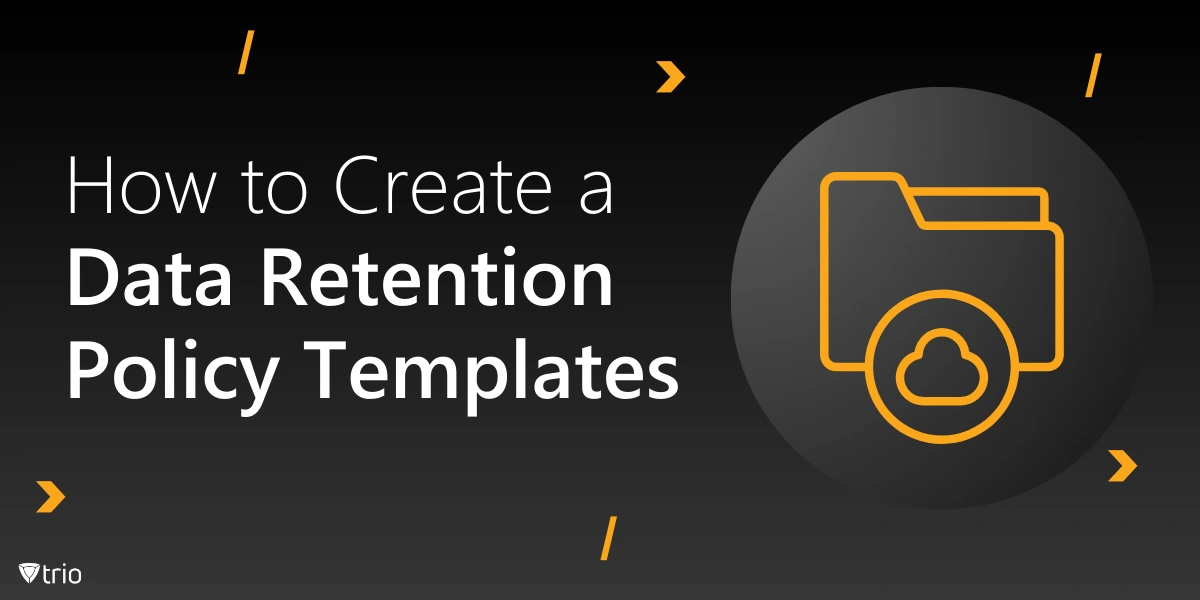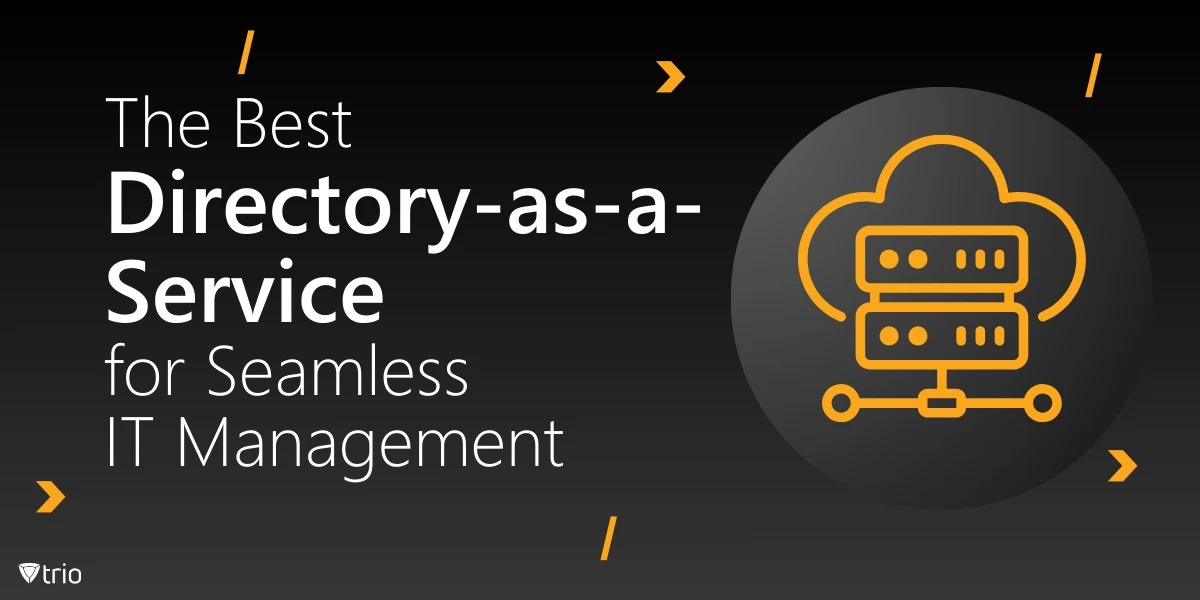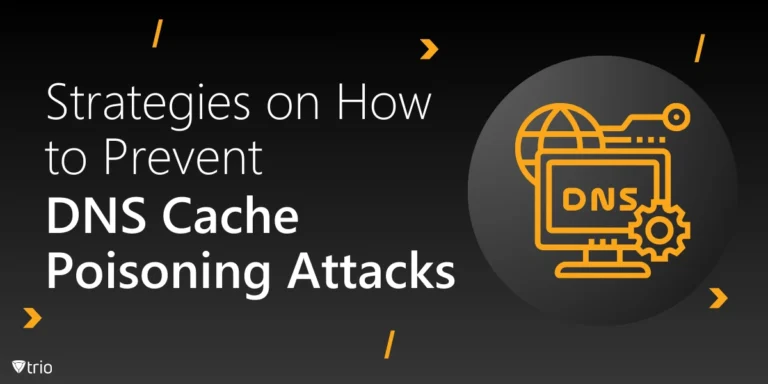In the digital era, safeguarding data has never been so critical. With cyber threats evolving at an unprecedented pace, companies and organizations are under constant pressure to fortify their data security measures. Mobile device management (MDM) plays a pivotal role in this landscape, offering a frontline defense for protecting sensitive information accessible through mobile platforms.
Enter the role-based access control (RBAC) implementation, a strategic approach tailored to manage permissions across a spectrum of technologies. RBAC stands out by allocating access rights based on the roles within an organization, ensuring that individuals only have access to the information necessary for their job functions. This methodology is particularly effective in the context of MDM systems, where managing the myriad of devices and applications demands a robust and flexible access control solution.
Understanding Role-Based Access Control (RBAC)
RBAC, or role-based access control, hinges on a straightforward yet powerful idea: access rights are assigned based on roles in an organization. This RBAC meaning underscores its departure from traditional models, focusing on the ‘who’ rather than the ‘what’ in access management.
RBAC vs. ABAC
It contrasts with attribute-based access control (ABAC), which determines access based on attributes (e.g., department, role, time of day). RBAC focuses on user roles within an organization, while ABAC adds another layer by considering attributes like department, role, and even time of day for access decisions.
Principles at Play
The principle of least privilege is foundational to RBAC. This principle ensures individuals access only what they need to perform their job, no more. It’s a direct counter to the sprawling permissions often seen in less structured systems, significantly mitigating the risk of a data breach by minimizing unnecessary access to sensitive information.
Security Boosts and Efficiency Gains
Increased security is a hallmark benefit of RBAC. By adhering to the principle of least privilege, organizations drastically reduce the risk of internal and external data breaches. Efficiency benefits as well, with administrators able to assign and modify roles easily, streamlining access across the board.
Sailing Through Compliance
RBAC also simplifies compliance with regulatory standards. Whether it’s GDPR, HIPAA, or any other regulatory framework, RBAC’s structured access control makes it easier to demonstrate compliance, reducing the complexity and workload associated with audits.
Scaling New Heights
Lastly, RBAC excels in scalability and flexibility. As organizations grow, RBAC systems can adapt, managing an increasing number of roles and permissions without losing oversight. This adaptability ensures that access management remains coherent and manageable, even as complexity increases.
The Need for RBAC in Today’s Organizations
In an era where digital footprints are expanding rapidly, organizations face an ever-growing challenge in securing their IT environments. Role-Based Access Control (RBAC) emerges as a critical tool in this fight, offering a structured approach to managing access rights.
Navigating Today’s Digital Landscape
In the digital age, IT environments have become increasingly complex, introducing a myriad of security risks. This complexity is a breeding ground for vulnerabilities, as the increasing number of access points and data sprawl make traditional security measures inadequate.
Security at Stake
RBAC to the Rescue
RBAC steps in as a formidable solution. By aligning access permissions with the job function, RBAC ensures that employees have just enough access to perform their duties, nothing more. This approach not only enforces the principle of least privilege but also significantly streamlines the management process, especially evident in RBAC examples related to onboarding and offboarding.
Streamlining Access Management
The onboarding and offboarding processes become markedly more efficient with RBAC. By tying access rights to specific roles, administrators can quickly adjust privileges as employees enter or leave the organization, ensuring that access rights are always in line with current job functions. This method greatly reduces the potential for access-related security breaches.
Planning Your RBAC Implementation
As you embark on enhancing your organization’s security posture, implementing Role-Based Access Control (RBAC) becomes a strategic step forward. Let’s take a look at some of the steps to prepare for this process.

Assess Your Needs
Every organization has unique needs, making the first step in RBAC implementation a thorough assessment. Identifying roles within your company and understanding their access requirements is crucial. This process involves mapping out the scope of implementation across departments and functions to ensure comprehensive coverage. As part of this assessment, creating an Employee Transition plan is essential to facilitate the smooth adoption of RBAC principles and minimize disruption to ongoing operations. This plan should outline the steps for transitioning existing employees to their new roles and access levels under the RBAC framework, as well as provide training and support to ensure a successful transition process.
Building the Framework
Once the groundwork is laid, the next phase involves creating a solid framework. This includes defining each management role within your RBAC system, which permissions to assign, and the policies that will guide their application. Effective deployment hinges on a clear structure that aligns with your organizational goals, leveraging access control lists (ACLs) and discretionary access controls as foundational elements.
Empowering Through MDM
Our MDM solution, Trio, plays a pivotal role in reinforcing RBAC systems. It streamlines the process of device provisioning, ensuring that only the right people have the right access. By integrating RBAC with MDM, you assign roles and permissions with precision, ensuring that each device in your network complies with your defined access control policies. This approach not only enhances security but also simplifies the management of access rights across your digital ecosystem.
Ready to take your organization’s security to the next level? Discover how Trio’s MDM solution seamlessly integrates with RBAC to enhance your security posture. Sign up for a free demo today and experience firsthand how Trio can streamline your device provisioning and access control management. Don’t wait—secure your digital assets with precision and ease.
Implementing RBAC: A Step-by-Step Guide
The structured approach to RBAC, described here, lays a solid foundation for secure access management within your organization. It ensures that every user interaction with your systems is governed by clear, role-specific guidelines, enhancing both security and operational clarity.
Kickstarting Your Journey
The first leap into RBAC involves selecting the right software and prepping your infrastructure. It’s crucial to choose a solution that seamlessly integrates with your current systems and supports the hybrid work model. This foundational step ensures that your RBAC implementation can effectively manage access across diverse environments.
Crafting the Structure
Defining specific roles within your organization is the next critical phase. These roles should reflect job titles and the various functions within your company. Each role is then endowed with permissions based on their responsibilities. This methodical approach guarantees that individual users are granted access strictly relevant to their role, optimizing both security and operational efficiency.
Permissions in Action
Once roles are established, assigning permissions becomes your focus. This process involves detailed mapping of which resources each role can access, ensuring a tight alignment with the principle of least privilege. Implementing role-based access in this manner not only tightens security but also streamlines workflow, making it easier to manage permissions as roles evolve or change.

Role-Based Access Control Best Practices
This proactive stance on RBAC management not only aligns with best practices but also fosters a culture of continuous improvement within your security framework. By staying ahead with regular updates and compliance checks, you safeguard your organization’s integrity and data security in an ever-changing digital landscape.
Stay Sharp, Stay Updated
Adhering to role-based access control best practices means regularly reviewing and tweaking roles and permissions. As your organization evolves, so do the responsibilities of your team. It’s vital to ensure each member is assigned a role that mirrors their current job functions accurately, facilitating seamless adaptation to organizational changes.
Compliance and Security: A Tight Knit
RBAC isn’t just about efficiency; it’s a linchpin in maintaining compliance and bolstering security. Especially in environments with a bring-your-own-device (BYOD) policy, it’s essential to rigorously apply RBAC principles. This approach minimizes risks and ensures that access privileges are always in line with regulatory requirements and security policies.
Conclusion
As we’ve explored, Role-Based Access Control (RBAC) stands as a cornerstone in fortifying organizational security and streamlining operational efficiency. By assigning specific roles and permissions, RBAC ensures that access to sensitive information is meticulously governed, thereby minimizing potential security breaches. This strategic approach not only reinforces the safeguarding of data but also optimizes the management of resources across various departments.
Embracing RBAC should be a pivotal part of your security strategy. Its implementation promises a balanced blend of security, compliance, and efficiency, making it indispensable for modern organizations aiming to navigate the complexities of today’s digital landscape with confidence. Let RBAC be the guardian of your digital domain, ensuring that the right people have the right access at the right time. Trio is an MDM solution that enables you to update policies across all devices and departments simultaneously. Explore this feature and more with Trio’s free demo available now.

